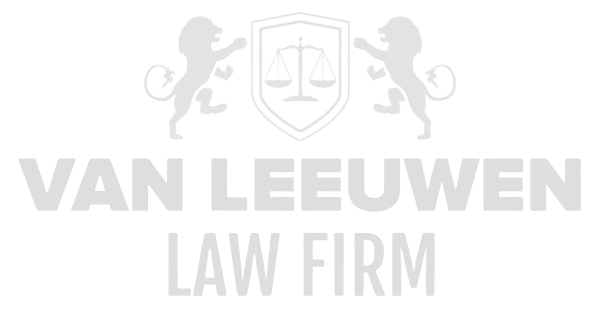Data Governance within Data Risk & Privacy (DRP) forms the fundamental pillar for managing data life cycles, aiming to ensure the availability, usability, integrity, and security of data. This systematic approach involves defining clear roles and responsibilities—such as data owners, data stewards, and governance committees—along with the formulation of policy frameworks, standards, and operational procedures. By defining processes for metadata management, data classification, master and reference data management, a streamlined ecosystem is created in which data can be leveraged as a valuable asset. Within the context of fraud management, a robust Data Governance framework helps prevent deviations and manipulations, thereby protecting organizations from both direct and indirect consequences of financial mismanagement, fraud, bribery, money laundering, corruption, and violations of international sanctions.
Financial Mismanagement
Managing financial mismanagement requires that data quality standards and controls are strictly enforced at all stages of the financial reporting process. A Data Quality Management program implements regular validations of completeness, accuracy, consistency, and timeliness of financial datasets. Automated reconciliation rules between source and target systems highlight discrepancies, while data lineage solutions trace the origin of each record down to the column level. Access rights are set according to “least privilege” principles, with segregation of duties (SoD) preventing a single actor from performing critical operations without colleague oversight. Periodic audits of data governance processes, combined with policy-compliance reports, minimize the risk that incorrect financial data ends up in annual reports.
Fraud
In fraud detection, Data Governance enables the ability to quickly identify and effectively address deviating data patterns. Data catalogs and metadata repositories provide a uniform overview of all data flows and definitions, so anomalies in customer or transaction data can be immediately detected. Roles and responsibilities are documented in charter documents, with Data Stewards responsible for periodic reviews of critical datasets. Real-time alerts based on business rules, coupled with automated workflows, ensure that suspicious records—such as duplicate payments or unusual customer profiles—are immediately flagged for further investigation. By integrating a central Data Governance tool with fraud detection platforms, a synergy is created between process and data management.
Bribery
Bribery risks are mitigated by including anti-corruption provisions in the data governance policy, linked to strict access controls and automated compliance checks. Vendor master data is enriched with due diligence information, such as ownership structures and PEP status, and periodically verified against external sources. Policy-as-Code frameworks enforce rules during the creation and modification of vendor data, with changes only activated after valid controls and digital signatures by authorized personnel. Audit trails permanently record each modification, including timestamps, actors, and motivations, so covert price-fixing or invoice manipulation by bribed insiders is quickly exposed.
Money Laundering
Data Governance supports anti-money laundering (AML) processes by defining data quality and classification standards for transaction and customer data. Customer identifications and transaction histories are linked via golden record principles, creating a uniform and comprehensive data model that prevents unwanted segmentation. Advanced data lineage solutions trace transaction flows from initiation to completion, making attempts at concealment (structuring) or layering strategies clearly visible. Automatically generated risk scores are stored as metadata and combined with regular data-quality dashboards, enabling governance teams to continuously assess the effectiveness of anti-money laundering measures.
Corruption
Corruption prevention is strengthened by strict governance of policy and decision-making data. Governance processes include version control of policy documents, digital signatures, and role-based workflow permissions for modifications. Integrity checks on metadata and file hashes ensure that documents are not secretly altered. A central policy repository with traceable change logs provides insight into who made which changes and with what authorization. Cross-domain analysis, where data from legal, compliance, and finance systems are brought together, provides governance teams with a comprehensive panorama to identify and report corrupt patterns—such as favoritism toward certain parties.
Violations of International Sanctions
Data Governance contributes to sanctions compliance by integrating sanction lists and watchlists into master data and synchronizing them in real-time with external sources. Policy-as-Code mechanisms embedded in data pipelines prevent data from sanctioned entities from entering primary or derived datasets. Identity resolution processes link entities to all known alias names and structures, making hidden relationships with sanctioned parties immediately visible. Automated compliance audits periodically assess all data entities against current sanction regulations and generate reports for regulators, ensuring that violations are identified and corrected early.











